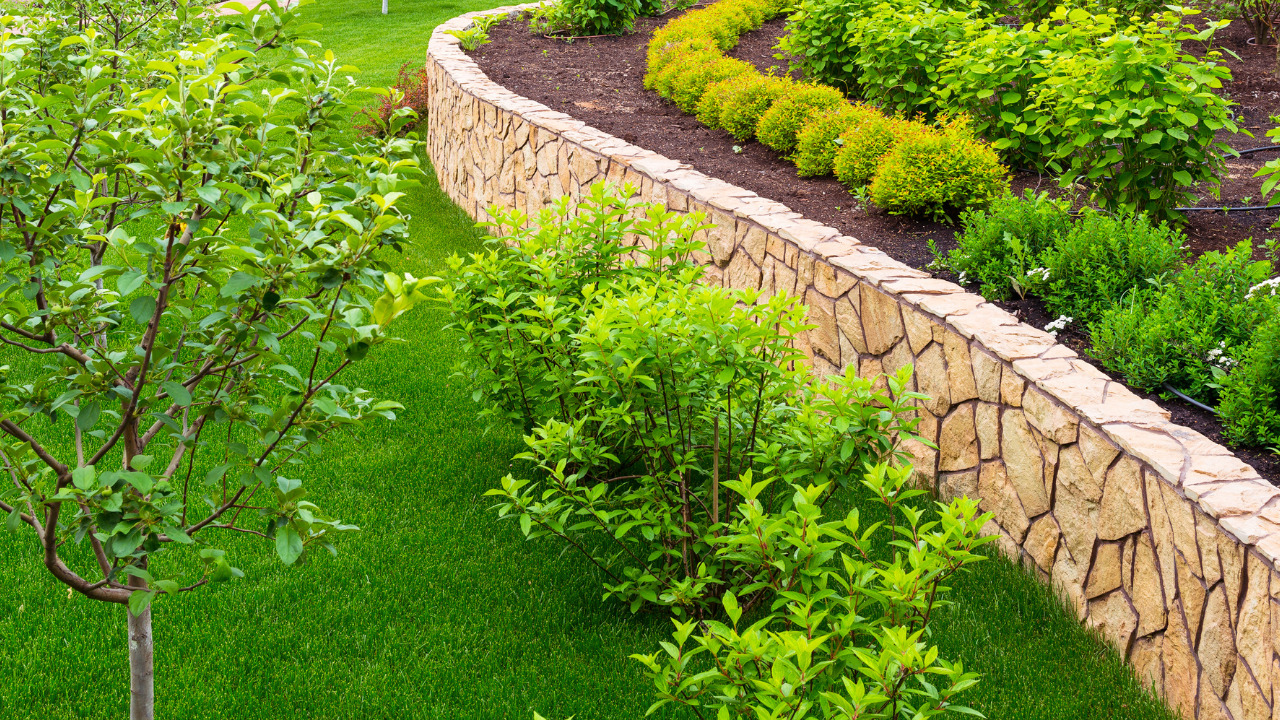Having a garden within your home is one of the most rewarding things; what’s better than picking fresh tomatoes and basil from your home garden?
However, in a family-home with children running-about, it can pose some safety risks as well. This article will give you some insight and inspiration for creating a home garden that is safe, fun, and enriching for your children, no matter their age.
Table of Contents
Garden Boundaries and Design
First, make sure there are clear boundaries to your garden. This way, there will be no confusion as to where the garden starts and stops, and it will keep children from wandering in and out of the garden without supervision.
Mark certain areas that pose more danger than others, like areas with sharp/prickly plants or thorn bushes, and explain to your children why they can be dangerous if you are not careful.
When initially designing your garden, it’s a good idea to install soft ground coverings. This can include mulch, shredded rubber, or bark. Tripping and falling in a garden is one of the most common accidents, and this will make falls less painful/easier to deal with. Additionally, this makes the garden a safe place for those who are visiting and/or guests.
Another safety measure that should be taken when designing a garden is shade. It is important to incorporate aspects of shade within your garden, whether it is natural shade through tall plants and trees, or installing a sunshade/umbrella over the garden.
Always encourage both adults and children to wear hats and sunscreen while engaging with the garden outside to protect themselves from the sun.
Sensory & Child-Safe Plants
Next, make an effort to choose child-safe plants. This means opting for plants that are not poisonous or dangerous if someone were to ingest them.
Because smaller children are often taste-testers on the side, this is extremely important. Choosing plants without sharp or prickly edges is also a solid move you can make to ensure the safety of children who visit your garden.
Children love to interact with their environment. Sensory gardens are an excellent way to create an interactive experience for kids. This means picking plants and foods that excite new/different smells, colors, textures, and tastes.
Incorporating fun play equipment into your garden can provide children with a dedicated space to play and explore while being close to nature.
When looking for entertaining play equipment, consider age-appropriate options such as swings, slides, climbing structures, or even a sandbox.
Ensure the play equipment is sturdy, well-maintained, and installed on a soft surface like rubber mulch or a cushioned play mat to minimize the risk of injuries.
By creating a designated play area, you not only encourage physical activity but also stimulate their imagination and creativity, making the garden an enjoyable space for the entire family.
Gardening Tools
Gardening tools should always be out of reach. Take the necessary steps to make sure that children cannot find or reach sharp gardening tools. It is common to install a shed or shelf of some kind, so that this can be avoided as much as possible. Additionally, when children are using gardening tools, it is extremely important that they have proper supervision.
In conclusion, adding a garden to your home can be fun and rewarding for the whole family. Whether it is to grow your own food, or cultivate a beautiful array of flowers, a garden is a great addition to any household.
However, it is important to take the necessary safety concerns into consideration before you begin to build your garden, especially if you have children who will be interacting with it on a regular basis.
By choosing child-friendly designs and plants, storing garden tools properly, and creating clear boundaries, you can create a garden that is both fun and safe for years to come.





